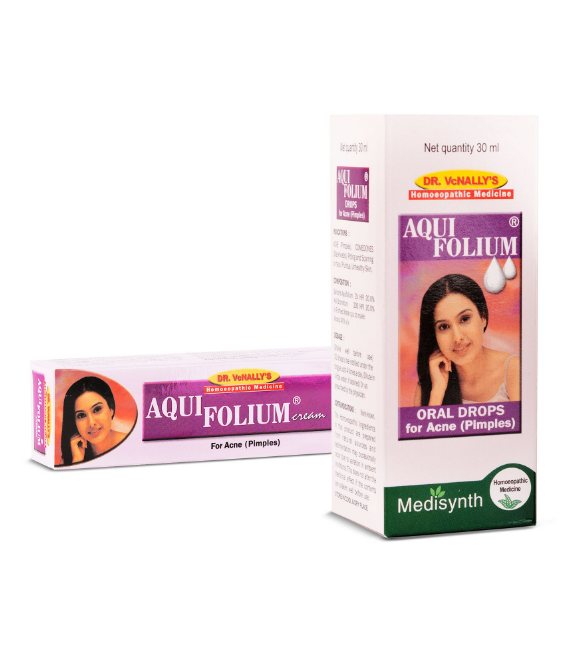Know Your Herb ‘Bacopa Monnieri’

Botanical name: Bacopa monnieri (Linn.) Wettst.
Family: Scrophulariaceae
Synonyms: Bacopa monnieri Wettst; Herpestis monnieria (Linn.) H.B.& K.
Common name: Hindi: Brahmi; English: Thyme-leaved Gratiola.
General Description:
A small, glabrous, somewhat succulent creeping herb, rooting at the nodes, with branches 10 to 25 cm long, creeping and ascending.Leaves 6 to 25 mm by 2.5 to 10 mm,sessile,opposite,decussate,obovate-oblong or spathulate,rather fleshy,very obtuse.Flowers axillary, solitary, bluish-white or yellowish, bracteolate, pedicels long, slender. Bracteoles 2, linear, just adjacent to calyx; calyx 2+3, outer 2 broad, long 5 to 7 X 2 to 33 mm;inner 3,short,linear,about 1 to 2 mm broad; corolla 5,gamopetalous,bluish white, yellowish ,8 mm long, lobes subequal, upper 3 long , broad than lower 2 ,all with shining dots; stamens didynamous, included;style dilated at the top,2-lobed or entire. Fruit a capsule, ovoid, acute,2 grooved.
Distribution: Throughout India in wet and damp places.
Part used in Homoeopathy: Whole Plant
Microscopic:
Root – Shows a single layer of the epidermis, cortex having large air cavities; endodermis single layered; pericycle not distinct; stele consist of a thin layer of phloem with a few sieve elements and isolated material from xylem shows vessels with reticulate thickenings.
Stem : Shows single layer of epidermis followed by a wide cortex of thin-walled cells with very large intercellular spaces; endodermis single layered;pericycle 3 consisting of 1-2 layers; vascular ring continuous ,composed of a narrow zone of phloem towards periphery and a wide ring of xylem towards centre; centre occupied by a small pith with distinct intercellular spaces; starch grains simple, round to oval,present in few cells of cortex and endodermis ,measuring 4-14 µ in diameter , and 8.0 -14.0 x 2.5 – 9.0 µ In diameter respectively.
Leaf: Shows a single layer of upper and lower epidermis covered with thin cuticle; glandular hairs sessile, subsidiary cells present on both surfaces; a few prismatic crystals of calcium oxalate occasionally found distributed in mesophyll cells; mesophyll traversed by small veins surrounded by bundle sheath; no distinct midrib present.
Powder : Yellowish-brown; shows xylem vessels with reticulate thickening, glandular hairs, simple, round and oval starch grains, measuring 4-14 µ in diameter.
Constituents:
Bacopa monniera contained alkaloid brahmine , nicotinine, and herpestine. Bacosides A [3- ( ?-L-arabinopyranosyl)-O-?-D-glucopyranoside-10, 20-dihydroxy-16-keto-dammar-24- ene] was isolated from Bacopa monniera. Triterpenoid saponins, saponins A, B and C and pseudojujubogenin glycoside were also isolated from Bacopa monniera. They identified as 3-O-?-L-arabinopyranosyl-20-O-?-L-arabinopyrasonyl-jujubogenin ,3-O-[?-L- arabinofuranosyl-(1?2)-?-L-arabinopyranosyl] pseudojujubogenin, 3-O-?- D-glucopyranosyl(1 ?3)-{?-L-arabinofuranosyl-(1?2)}-?-L-arabinopyrasonyl] pseudojujubogenin and 3-O-[?-L-arabinofuranosyl-(1?2)-?-D-glucopiranosyl] pseudojujubogenin. Bacopasides I , II , III, IV and V were also isolated from Bacopa monniera , which identified as 3-O-?-L- arabinofuranosyl-(1?2)-? D-glucopyranosyljujubogenin, 3-O-?-D-glucopyranosyl-(1?3)-?-L-arabinopyranosyl jujubogenin, 3-O– ?-D-glucopyranosyl-(1?3)-?-L-arabinofuranosyl pseudojujubogenin Bacopa monniera also contained betulinic acid , D-mannitol , stigmastanol , ?-sitosterol and stigmasterol .
Adulterants :
Brahmi and Mandukaparni (Jalbrahmi) are the two most popular drugs which are restorative with a specific effect on the intellectual functions, both these drugs are used as promoter of general mental ability. However, there is some confusion with regard to the drugs.Mandukaparni (Jalbrahmi) and Brahmi.This may be due to the lack of description of the two drugs in the texts, attribution of similar properties to them and also application of he same synonyms.
Uses:
- To treat various nervous disorders, as a brain tonic to enhance memory development, learning, and concentration
- Provide relief to patients with anxiety
- It is also used in digestive complaints
- Use for skin disorders
- Use as an antileptic, antipyretic, and analgesic.
Reference: Ayurvedic Pharmacopoeia of India, Ali Esmail Al-snafi/International Journal of
Pharma Sciences and Research (IJPSR) Vol 4 No 12 Dec 2013, pg.no.154-156, Bacopa
Monnieri-BP 2016,The Journal of Phytopharmacology 2015;4(1):1-5.


